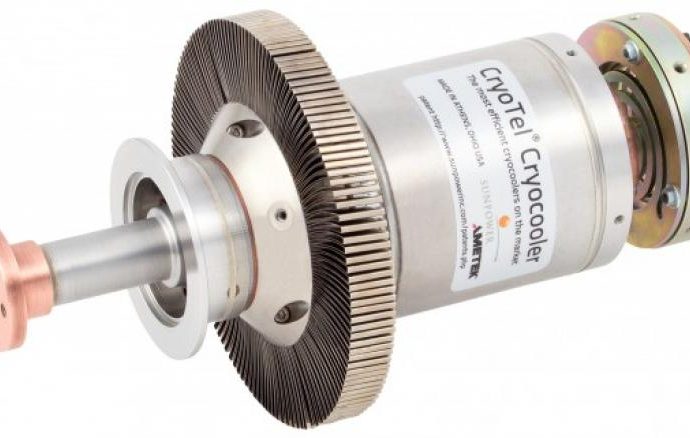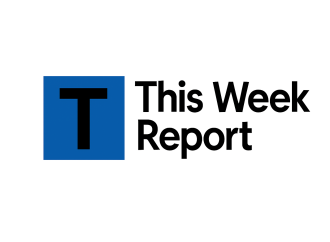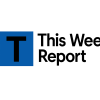Introduction Cryocoolers are advanced refrigeration devices that cool products to very low temperatures. They are vital in industries like space, electronics, medical imaging, and research. As technology advances, demand for compact, efficient, and reliable cryocoolers grows worldwide. In this article, we will explore the global cryocooler market size, share, key players, major trends, sales performance,
Introduction
Cryocoolers are advanced refrigeration devices that cool products to very low temperatures. They are vital in industries like space, electronics, medical imaging, and research. As technology advances, demand for compact, efficient, and reliable cryocoolers grows worldwide. In this article, we will explore the global cryocooler market size, share, key players, major trends, sales performance, supply and demand dynamics, in-depth analysis, and a forecast through 2032. You will learn what is driving market growth, who leads the field, and what challenges lie ahead.
Market Overview
Cryocoolers fall into categories such as pulse tube, Stirling, and Gifford-McMahon types. Each uses different principles to remove heat at very low temperatures. These units serve satellites, infrared sensors, superconducting magnets in MRI machines, and other high-tech applications. The market covers both standalone cryocoolers and integrated modules. Rising demand for satellite systems, quantum computing research, and advanced medical devices fuels market expansion.
Cryocooler Market Size and Share
In 2023, the global cryocooler market was valued at around USD 1.2 billion. Projections show it will grow at a compound annual growth rate of about 7 percent, reaching nearly USD 2.4 billion by 2032. Space and defense applications held the largest share due to the critical need for reliable cooling in satellites and launch vehicles. Medical imaging, especially MRI systems, accounted for a significant portion of sales as hospitals upgrade to higher-field scanners. Emerging uses in quantum computing and superconducting power systems promise to boost overall market size in the coming decade.
Key Players in the Cryocooler Market
Several established and innovative firms compete in this space:
- Air Liquide offers pulse tube cryocoolers for scientific and industrial uses.
- Cryomech is known for its Stirling coolers used in aerospace and defense.
- Chart Industries supplies Gifford-McMahon cryocoolers for large-scale industrial systems.
- Ricor produces compact Stirling cryocoolers ideal for infrared detectors.
- Sunpower specializes in low-vibration cryocoolers for space applications.
- Thales Cryogenics develops custom cryocoolers for military and research satellites.
These companies focus on reliability, efficiency, and extended service life to meet strict performance standards in critical applications.
Major Market Trends
Several key trends are shaping the cryocooler market today:
- Miniaturization and Weight Reduction: Customers in space and defense seek lighter, smaller cryocoolers to reduce payload mass. Advances in materials and manufacturing allow compact designs without sacrificing cooling power.
- Low Vibration Designs: High-precision instruments such as infrared cameras and quantum computers require minimal vibration. New cryocoolers use balanced moving parts or pulse tube technology to reduce vibration levels.
- Energy Efficiency: Lower power consumption is critical in remote or battery-powered applications. Manufacturers optimize thermodynamic cycles and use improved heat exchangers to cut energy use.
- Integration with Electronics: Smart cryocoolers now include built-in sensors and controllers for real-time performance monitoring. Remote diagnostics and predictive maintenance features are increasingly common.
- Hybrid Cooling Systems: In some high-demand uses, cryocoolers work alongside expendable cryogens or mechanical refrigerators for peak cooling loads. This hybrid approach balances cost and performance.
Sales Performance and Regional Insights
Sales of cryocoolers vary by region based on industrial and research activity:
- North America leads in revenue thanks to heavy defense and space R&D. The United States funds many satellite and quantum computing projects.
- Europe follows, driven by medical imaging adoption and scientific research in countries like Germany and the UK.
- Asia Pacific shows the fastest growth rate, as China and India invest in space programs, semiconductor manufacturing, and healthcare infrastructure.
- Rest of World markets in Latin America and the Middle East are smaller but growing, especially in oil and gas for liquefied natural gas applications that use cryogenic cooling.
Understanding regional trends helps companies tailor products and support services to local demands.
Supply and Demand Analysis
Demand for cryocoolers depends on project funding cycles in space, defense, and healthcare. When governments approve satellite launches or hospitals upgrade scanners, demand spikes. Conversely, delays in defense procurement or economic downturns can slow orders.
On the supply side, lead times for specialized components like high-purity metals and precision machined parts can stretch from months to over a year. Bottlenecks in supply chains, such as material shortages or manufacturing capacity limits, affect delivery times and pricing. Manufacturers mitigate these risks by diversifying suppliers, maintaining safety stocks, and investing in in-house production of key components.
SWOT Analysis
| Strengths | Weaknesses |
|---|---|
| High performance at very low temps | High upfront cost |
| Critical in space and defense | Complex maintenance requirements |
| Strong technical expertise | Long lead times |
| Opportunities | Threats |
|---|---|
| Quantum computing growth | Alternative cooling technologies |
| Expanded medical imaging use | Budget cuts in defense spending |
| Industrial gas liquefaction demand | Global supply chain disruptions |
- Strengths: Cryocoolers deliver unmatched performance in extreme conditions. They are essential for mission-critical applications where failure is not an option.
- Weaknesses: These systems often carry a high purchase price and demand specialized service. Lead times can be long for custom designs.
- Opportunities: Quantum computing and superconducting power systems represent new markets. Growing healthcare infrastructure in emerging economies boosts demand for MRI-grade cryocoolers.
- Threats: Research into alternative cooling methods, such as cryogenic fluids or thermoacoustic devices, could challenge traditional cryocoolers. Geopolitical tensions and material shortages pose supply risks.
Forecast to 2032 and Growth Drivers
Several factors support continued growth through 2032:
- Space Exploration and Satellite Deployment: Government and commercial satellite launches are increasing. Each satellite typically uses one or more cryocoolers for infrared sensors or superconducting components.
- Advances in Quantum Computing: As labs move from prototypes to commercial quantum computers, they require reliable cryocoolers for qubit refrigeration.
- Healthcare Expansion: Rising incidence of chronic diseases in aging populations drives investment in advanced MRI machines that need cryogenic cooling.
- Gas Processing and LNG: Industrial gas and liquefied natural gas plants use large cryocoolers for gas separation and liquefaction. Expansion of these industries in the Middle East and Asia fuels large-scale orders.
- Defense Modernization: Military programs continue to invest in cooled infrared cameras and sensors for surveillance and targeting systems.
These drivers, combined with ongoing R&D and product improvements, will push the global market toward nearly USD 2.4 billion by 2032.
Challenges and Risk Mitigation
Key challenges include managing long lead times, handling complex maintenance needs, and coping with high initial investment. Manufacturers address these by offering modular designs that simplify service and using digital tools for remote monitoring. To handle supply risks, many maintain local inventories of critical components and develop alternate sourcing strategies.
Conclusion
The global cryocooler market is poised for steady growth through 2032. With a current market size around USD 1.2 billion and a projected value near USD 2.4 billion, demand will remain strong in space, defense, medical imaging, quantum computing, and industrial gas processing. Leading players focus on miniaturization, energy efficiency, low vibration, and smart integration to meet customer needs. While high costs and supply chain risks pose challenges, new applications and expanding regional demand offer significant opportunity. By staying agile in R&D and supply management, cryocooler manufacturers can capitalize on a dynamic market poised for innovation and expansion.























